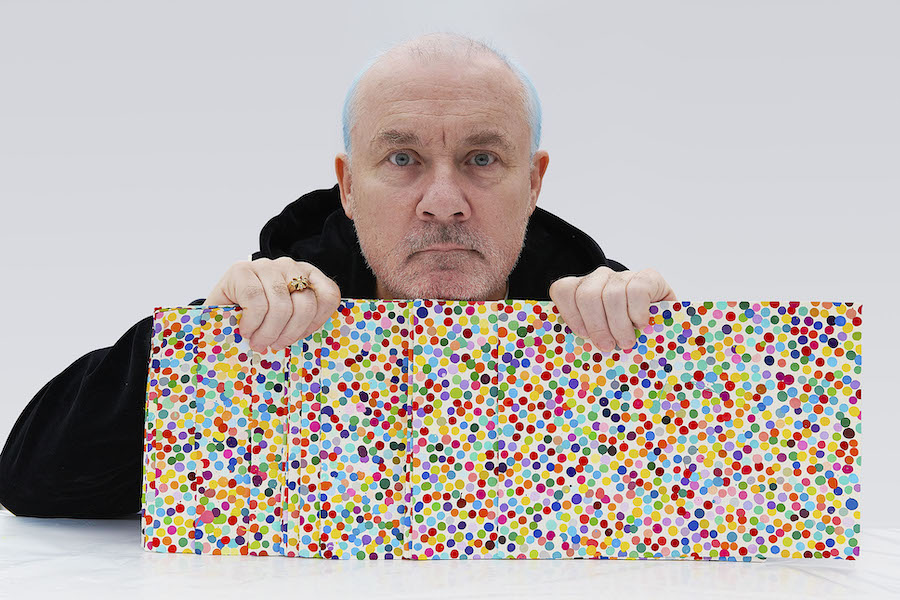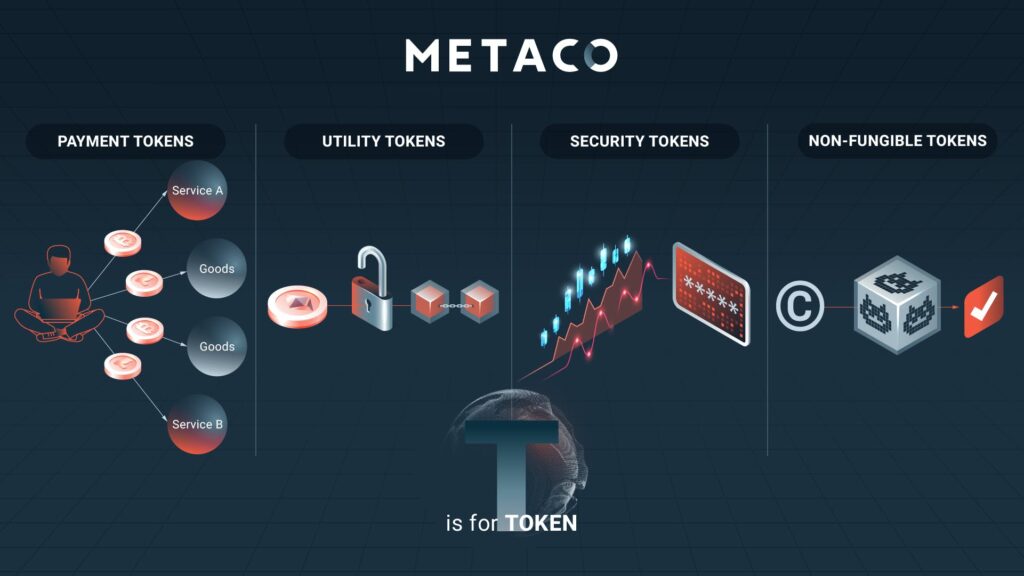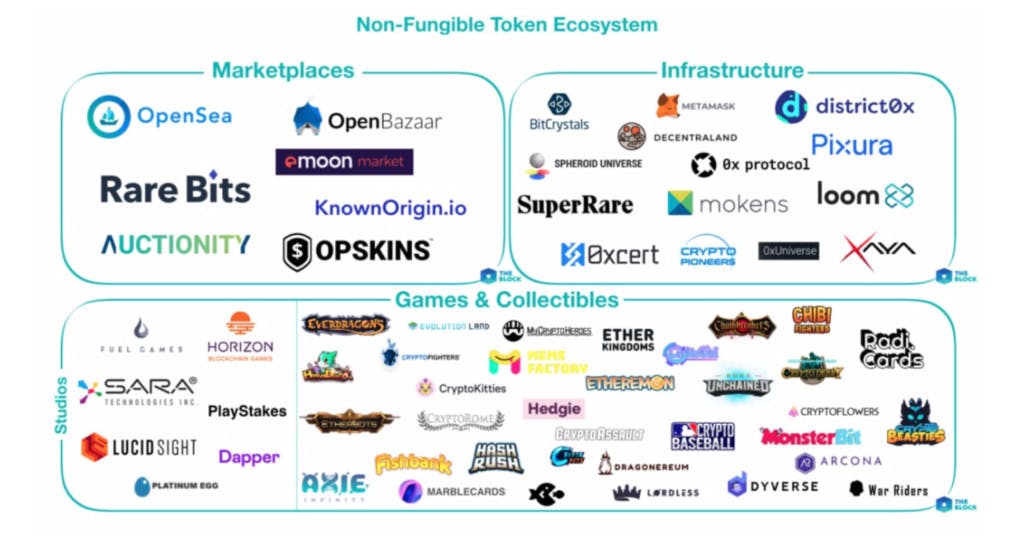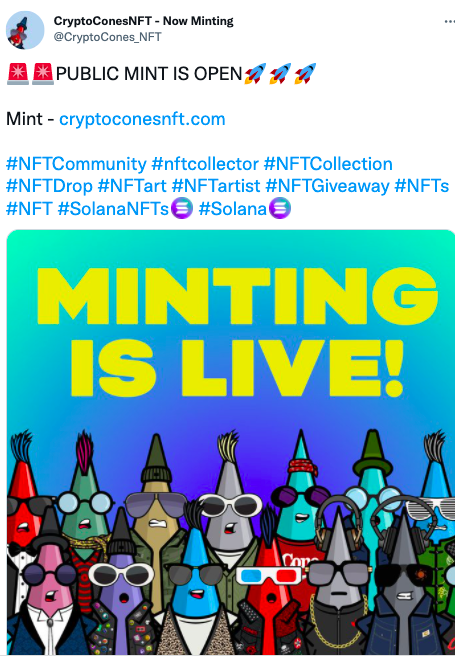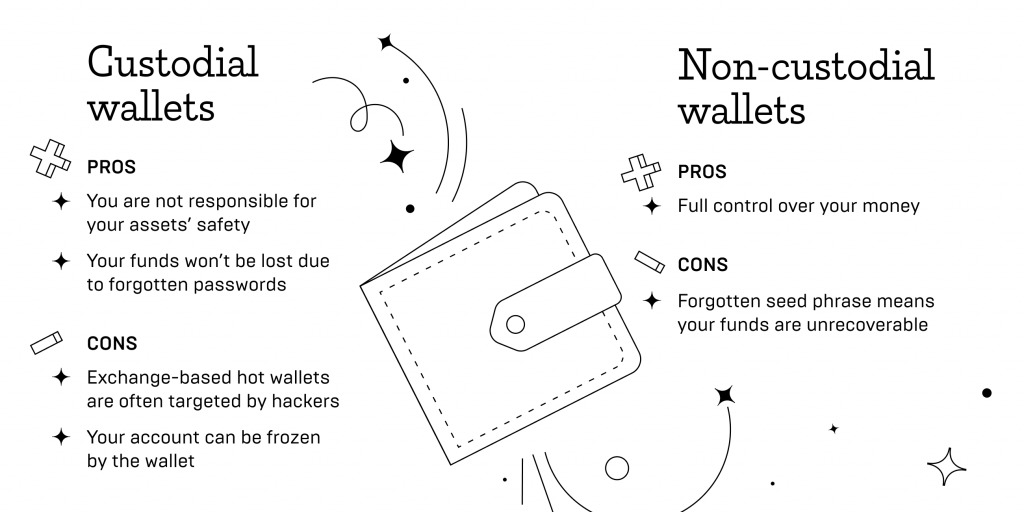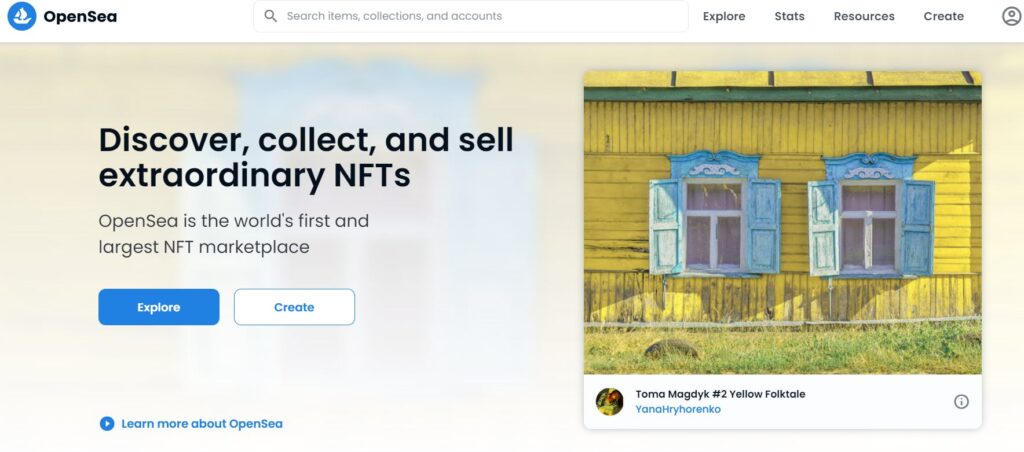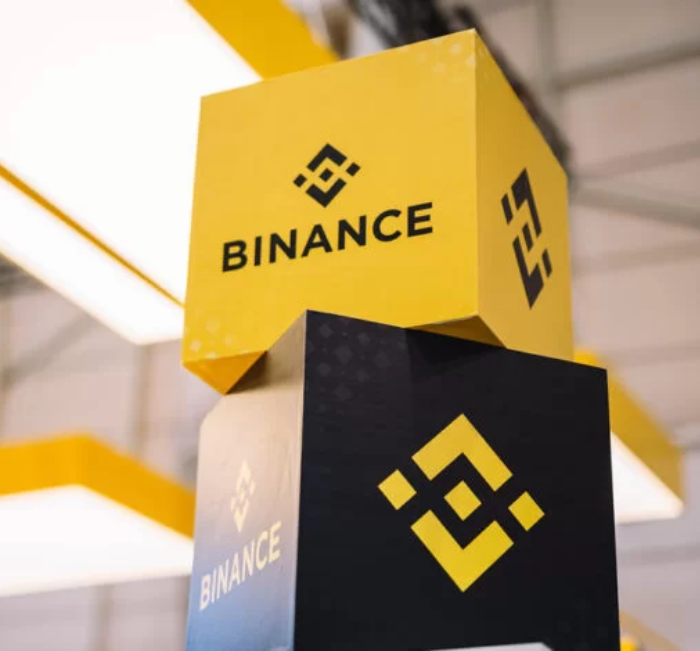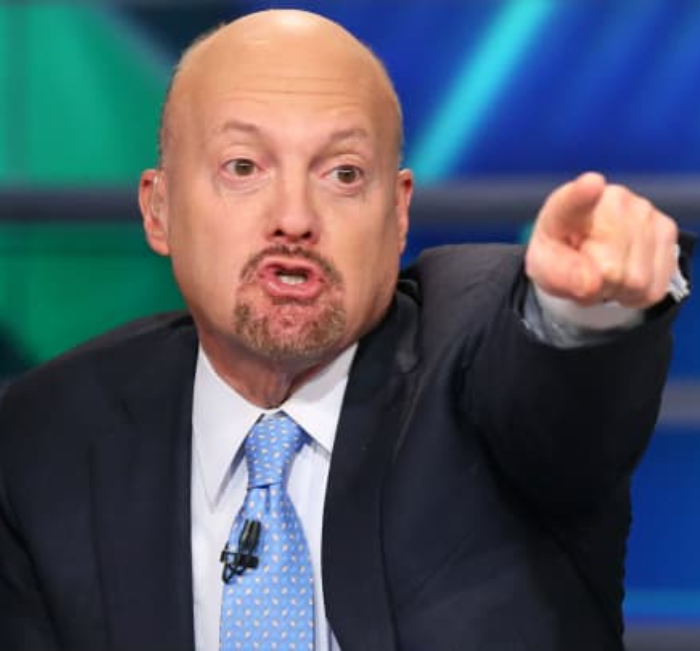Welcome to NFT Insider for March 3rd, 2022 – FREE edition, brought to you weekly by Alts.
Each week, we give you our analysis of the NFT market and any current IPOs, plus a heads up on cool projects we think are worth checking out.
This week, we’re taking a slightly different approach. We’re bringing you an NFT 101 Edition – a breakdown of the entire NFT ecosystem, from the blockchain to the platforms where people transact with them.
But first, let’s look at this week’s IPO on Rally – a piece from Damien Hirst’s Currency Collection, titled “Who’s really the king“.
Let’s go!
Table of Contents
Fractional Marketplace IPOs
The Currency Collection consists of 10,000 unique drip paintings, also turned into NFTs.
By May 2022, the owners will choose to keep the NFT artwork or burn it in favor of the physical piece.
Otis had a piece from the Currency Collection scheduled to IPO in November, but had to pull it due to market changes; the $30k market cap was no longer viable by the time of the IPO.
Rally bought “Who’s really the king” for $17.3k in mid-January, when the average sale price was about $15k. At time of writing, the floor price for the pieces is $11.6k.
Damien Hirst: The Currency “Who’s really the king”
- Market Cap: $20k
- Retained Equity: $0
- Inferred Value: $10.4k – $11.5k
- Platform: Rally
- Date: March 3, 2022 @ 12 pm ET
- Our View: Pass (valuation, the average sale price in October for Hirst’s pieces was around $25,000. The current average sale price is about $10.9k. The collection has been consistently falling in price for nearly five months.)
Now, onto our special NFT 101 Edition.
Enjoy!
What are NFTs?
NFTs stand for non-fungible tokens. That doesn’t help much, does it. What does it mean for something to be non-fungible, and why is it a token?
What does Non-Fungible mean?
A fungible item is an item that another identical item can replace. For instance, a sheet of paper is a fungible item because an equivalent sheet of paper can replace it. Or you could replace a broken toaster for the same toaster in working order. They’re exactly the same and have no distinguishing features.
So a non-fungible item means that you cannot replace it with another identical item because there is no such thing as an exact item.
What is a Token?
Tokens refer to the cryptography, or the computer code, underwriting each unique asset.
Tokens are unique code recorded on a blockchain (more on blockchain below). Since this code is unique in its cryptography, each “token” is considered non-fungible. Non-fungibility has nothing to do with the physical appearance of NFTs.
For instance, you can have 100 NFTs of the same dolphin picture, but within the code, there will be a unique “marker” that deems it non-fungible. If you wanted to trade your dolphin for another dolphin, you’d get the same exact image, but within the code you might be selling “xyz001” and in getting “xyz002” in return.
The code is much more complicated in real life, but the concept is the same.
When did NFTs start?
The first NFT minted is titled “Quantum,” and it’s basically a GIF (full graphics interchange format) with waves of pulsing colors.
“Quantum” was created on the Namecoin blockchain, the first fork off the Bitcoin blockchain, and proof that blockchains could have multiple use cases.
What is a Blockchain?
Blockchains are where NFTs live.
Blockchain is a literal description for an online ledger, or record book, that keeps track of transactions in “blocks.” When the blocks reach their storage capacity, they close and latch onto other “blocks” of information to create a “chain.” Blockchain, then, is a digital string of data.
A blockchain is also a distributed, decentralized digital database supported by the nodes participating in the network.
What the heck does that mean?
It means that the online ledger, the blockchain itself, is not housed in a centralized location. You can’t, for example, go to the Bitcoin “vault” in Siberia and break into it or hack it.
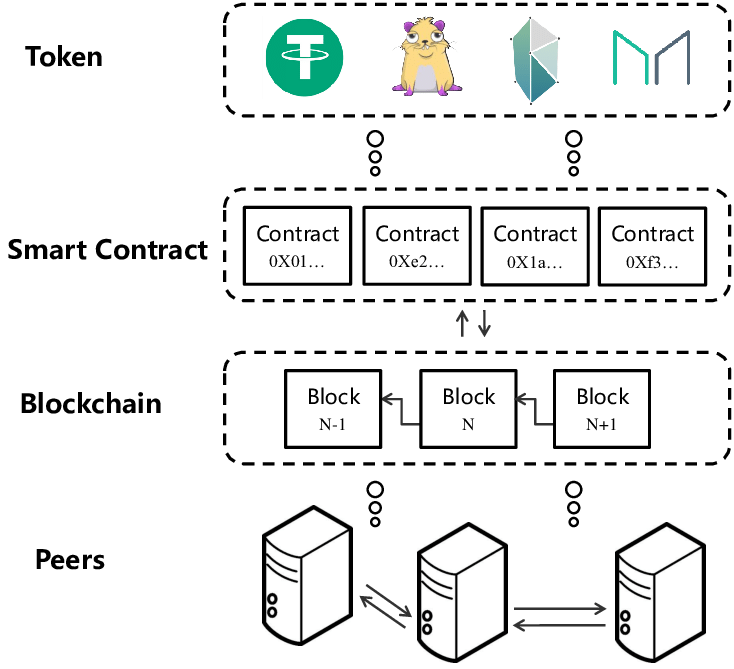
The largest blockchains exist through the computing power of a network of millions of computers distributed worldwide. You’d have to hack 50% +1 of all computers in a global network even to begin attacking the blockchain.
The most prominent blockchains that support NFTs are the Ethereum blockchain – the biggest by far – and WAX, Flow, and Solana.
What are the different types of NFTs?
There are various uses for NFTs at the moment, with many more that are in development (real estate, medicine, investments).
What are PFPs?
Currently, Profile Picture (PFP) NFTs dominate the news and grab the most headlines. When you read about the Bored Ape Yacht Club, CryptoPunks, or Clone X, they’re referring to PFP projects.

One of the biggest attractions of PFP NFTs is that it gives you access to a community of people that also bought into the same NFT collection.
For instance, there are 10,000 different Bored Ape NFTs. There are 6.3K unique addresses (digital wallets) listed as owners, meaning between 5k – 6k individual Bored Ape owners, since owners can have multiple digital wallets.
When you buy a Bored Ape, you’re buying your way into a community that includes Eminem, Paris Hilton, Timbaland, Jimmy Fallon, Steph Curry, and Justin Bieber. You literally belong to the same Club as some of the most famous people in the world.
What’s amazing is that for about $200 apiece one year ago, you could’ve bought handfuls of Bored Apes. Today the cheapest Bored Ape is selling for about $270k.
PFPs can also give you exclusive access to mint other projects without waiting in line, so you don’t have to worry about an NFT selling out. In essence, you get to “reserve” an NFT (we’ll get to this in a bit).
What other types of NFTs are there?
NFTs also exist in the forms of art, virtual real estate, and music, with more uses cropping up all the time.
Art NFTs
Some would argue that art NFTs – art made for art’s sake – have been as big a driving force in the industry as PFPs.
Yes, you can “right-click-and-save” any NFT artwork and use the image to put on a canvas in your home or put it up on a digital screen. You can even print it out on a t-shirt and wear it out – so long as you’re not selling your t-shirt, because you can never own the rights to the art.
Some people scoff at the idea of buying “JPEGs” when they can simply copy and paste onto their hard drive and claim ownership. But it’s akin to creating a print of the Mona Lisa and hanging it up at home. No copyright law says you can’t do that. In fact, here’s a nice canvas print I found online for $25.
But that doesn’t suggest that you somehow own the Mona Lisa or any rights to it because you have a copy of it hanging on your wall. If you told people you own the Mona Lisa, they’d laugh at your dad joke. If they realized you’re not joking, they might walk out of your house.
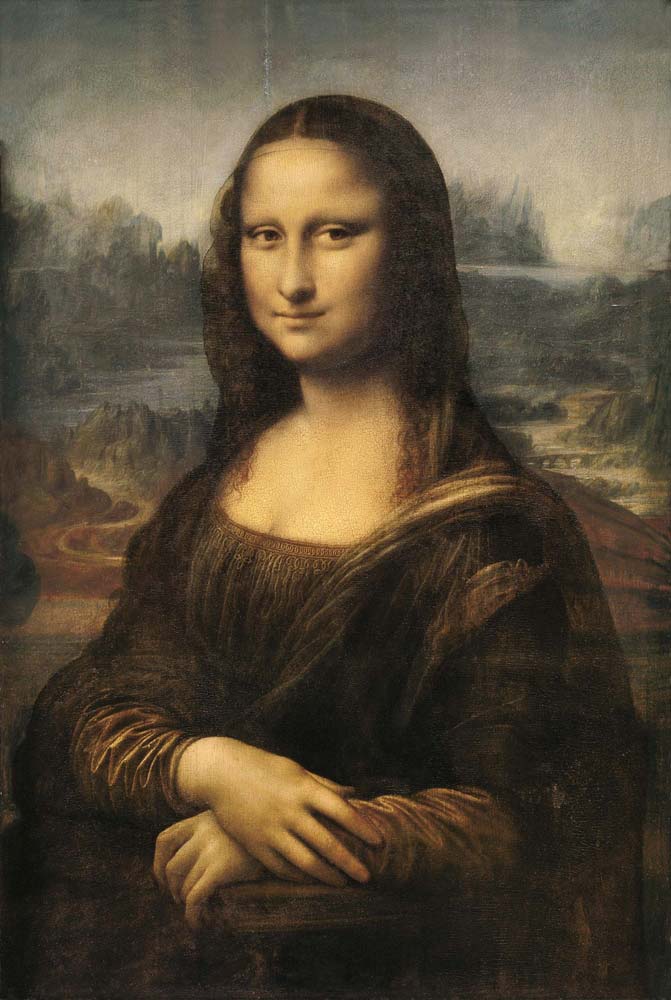
Some of the most well-known artists in the world are NFTers. The list includes XCOPY, FEWOCiOUS, Mad Dog Jones, and BEEPLE. It has also turned internationally-recognized artists into NFTers, like Damien Hirst, Huang Heshan, and Grimes.
For further reading on provenance and art, check here.

Real Estate NFTs
When entering a metaverse landscape like Decentraland, the land and buildings are all NFTs.
You can purchase land on Decentraland or The Sandbox the same way you can buy a PFP. Metaverse real estate can cost as little as $12k for one plot of land or as much as $1.4 million for 65 parcels.
For further reading on real estate in the metaverse, click here.
Music NFTs
At the moment, music NFTs present possibly the biggest opportunity for growth in the near term.
Music NFTs can take many different formats – from unique music videos to claims of royalty percentages, offering passive income. They can also entitle fans to exclusive access to their favorite artist or band.
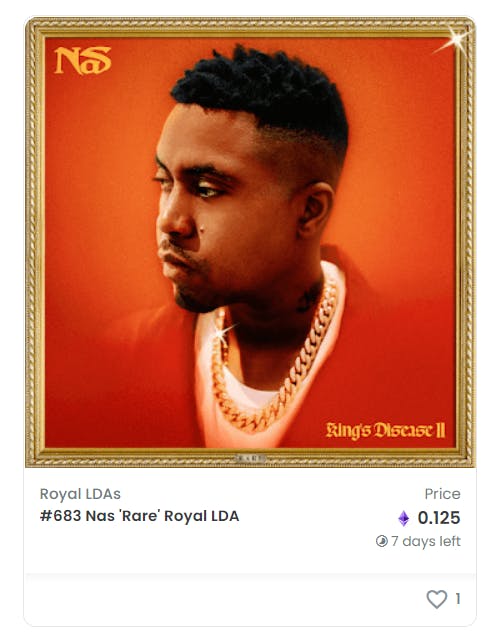
To find out more about music NFTs, read here.
How do people make money on NFTs?
Making money on NFTs is easy.
JUST KIDDING.
It involves a lot of research, due diligence, market timing, gut feeling, and luck. Even when all those factors work together swimmingly, you may still lose money or be lucky to break even.
Minting NFTs
Sometimes, the least expensive way to buy an NFT is during its release or the minting phase.
Minting an NFT is when a collection is being revealed or released for the first time. It’s like going to a movie premiere, and let’s imagine the movie has 10,000 scenes. That’s what the typical NFT minting process is – a collection of 10,000 images released for the first time.
Most projects will charge anywhere between 0.05 and 0.10 ETH (ether – which is the currency on the Ethereum blockchain) to mint an item.
In terms of price action, the buyer is essentially at the mercy of the developers in their ability to deliver on promises to grow the project’s brand. If you feel like you did your research, joined the Discord channel, and believe in the direction of the project, then you should be happy with your purchase.
In the end, you have to be happy with the art, what the project stands for, and that you’re joining a supportive and passionate community that you can hang out within a virtual space/chat room.
However, expecting to profit from your purchase every time is like expecting profit from a painting you buy while on vacation. Are you really hoping to sell it someday for double the price, or are you holding it for the memories it brings? Keep that in mind.
While minting seems straightforward, it’s anything but for the most coveted and anticipated collections. To mint what are perceived to be the best projects, you have to compete with tens of thousands of people from the very beginning to get whitelisted.
What’s a Whitelist?
A whitelist (WL) is a group of people who get to mint NFTs ahead of the general public.
For example, if a collection has 10,000 NFTs, they’ll usually reserve anywhere between 3,000-4,000 spots for a whitelist. The people on these whitelists are guaranteed to be able to buy an NFT and not have to battle the crowds at the public mint.
Why is this important?
Because for popular and highly anticipated NFT collections, a project may sell out in under 1 minute if the demand is high enough. There’s no guarantee you’ll get anything during a public sale.
OK, so how do I get on a Whitelist?
This varies from project to project.
Generally speaking, a project will set up its Discord channel a few months before the minting date. Its members can earn their way onto a whitelist by doing things like:
- Engaging in discussions with other members on Discord
- Using Twitter to promote the project on “Twitter Raids”
- Entering/winning WL competitions in the Discord, e.g. fanart contests
- Holding an NFT from a project’s prior collection
- Owning NFTs from partner projects
The first three ways mentioned above are more about “earning” in the sense of taking an active role in the community. The other two ways involve investing in other projects to buy your way onto a whitelist.
But beware, some of these whitelists can be incredibly competitive.

Some people are already outsourcing the job of engagement to others. Look at the search results for “NFT whitelists” on the freelance work site Upwork, and you’ll find several listings hiring people to acquire whitelist spots.
Read this article to learn more about whitelisting and what some people do to get on them.
Where and how can I buy NFTs?
Before we talk about the platforms you use to buy NFTs, we should take a quick look at digital wallets because you can’t buy much without one.
Digital Wallets
One of the largest NFT marketplaces globally specializing in selling basketball moments, NBA Top Shot, uses the Dapper Wallet to conduct its transactions. You’d never know you were using a digital wallet because you simply transfer money from your bank account to the Dapper Wallet to make your purchases.
However, for most other platforms where you want to buy a PFP, you need a self-custodial digital wallet. This is a wallet you control yourself, like a real-life wallet.
Let’s point out a subtle but important difference between custodial and self-custodial wallets. Dapper Wallet – which we mentioned above – is a custodial digital wallet because the user allows Dapper to have control of their “keys” and trust them to secure their funds. You log onto their website, a wallet icon appears with your balance, and you use it to buy and hold your money when you sell.
A self-custodial wallet means you hold the “keys” to your wallet, usually comprised of a password, two-factor authentication and the all-important seed phrase. It’s not affiliated to any site but must be connected by you should you wish to transact on a certain platform.
Your digital wallet has a unique address recorded on the blockchain whenever you make a transaction, allowing transparency among buyers and sellers.
Getting a digital wallet is Step 1 in buying NFTs because it allows you to connect to any NFT platform. Without a digital wallet, you can’t make any purchases on many of the largest NFT marketplaces.
The Seed Phrase
There is one and only one seed phrase that will ever be made for your self-custodial digital wallet.
If you lose your seed phrase, you could be permanently locked out of your wallet and lose all your crypto. You can’t change it and you can’t forget it. It’s different from a password.
When you set up your account, you will have the option to either create your phrase or to receive a string of random words. One isn’t better than the other, except that your seed phrase must match exactly when you first wrote it – including capitalization.
I know of people that have their seed phrase stored in multiple hidden places in case of anything.

Platforms
There are several platforms where you can buy NFTs. The most popular – by far – is OpenSea. Almost any NFT you want to buy can be found there.
To make purchases on OpenSea and the platforms below, you’ll need to connect your wallet to the sites.
Other great NFT platforms include:
- Rarible
- Foundation
- Crypto.com
- WAX (WAX Crypto)
- LooksRare
- Magic Eden (Solana marketplace)
- Solanart (Solana)
One important note on platforms is that the cryptocurrency giant, Coinbase, is working on its own NFT platform that will make for a seamless buying experience. Coinbase aims to be a one-stop shop where you can buy Ethereum or Solana, click over to their marketplace, and buy what you need.
Coinbase NFT is expected to launch by the end of Spring 2022.
Gas Fees
Every transaction you make involves a gas fee.
Remember those nodes we were talking about earlier (everything is connected)? Miners are getting paid to support the blockchain by verifying transactions. Your purchase, which transfers a cryptocurrency from your wallet to someone else’s, requires incentivized computer power, and the cost for that is recouped with gas fees.
And if you thought gas prices were bad ($3.80 a gallon right now in the US!! How’s a guy supposed to get around in his F-150!?), you don’t know the half of it.
Gas fees vary, but they typically are higher when there is high demand. For some mints, it’s not unheard of to pay more for gas fees than for the mint price of an NFT.




